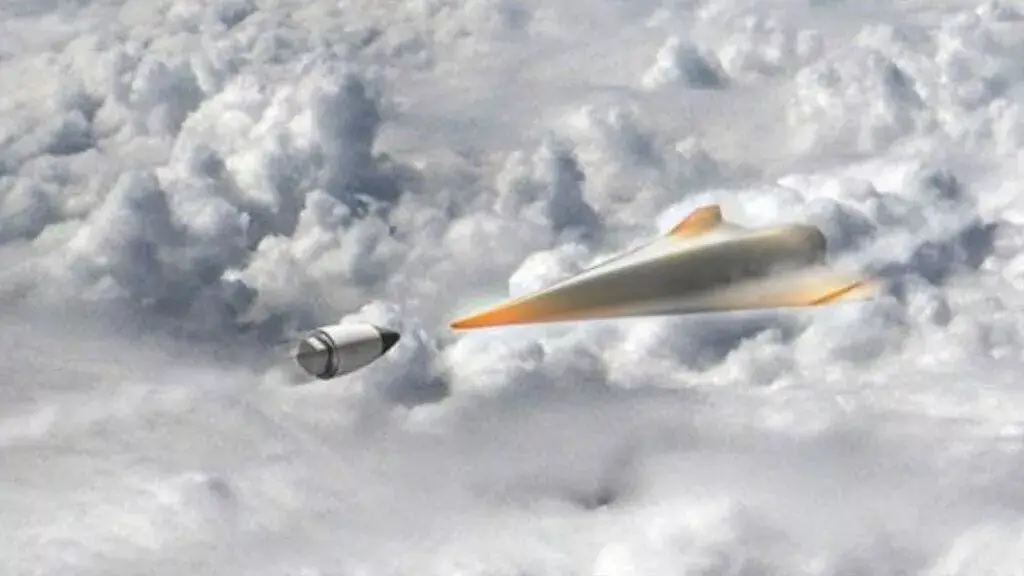Japan and U.S. Join Forces to Develop Hypersonic Missile Interceptors by 2030s

U.S ,Japan
Japan and the United States join forces to develop interceptors capable of shooting down hypersonic missiles by the 2030s, addressing growing security concerns in the Asia-Pacific region. This collaborative effort underscores the urgency to counter evolving missile technologies and strengthen defense capabilities against potential threats.
In a significant move aimed at bolstering defense capabilities against evolving threats, Japan and the United States have entered into a joint agreement to develop interceptors capable of shooting down hypersonic missiles. The contract, signed on Wednesday, underscores the growing concern over the rapid advancements in missile technologies, particularly in the Asia-Pacific region.
The plan, with an estimated cost exceeding $3 billion, was initially unveiled in August during a summit involving leaders from Japan, the U.S., and South Korea at Camp David near Washington. This collaborative effort is centered around the development of Glide Phase Interceptors (GPI), designed specifically to counter the threat posed by hypersonic weapons.
Hypersonic missiles, known for their unparalleled speed—exceeding five times the speed of sound—and unpredictable flight paths, present a formidable challenge for existing missile defense systems. Their ability to maneuver unpredictably makes interception a daunting task, necessitating the development of specialized interceptors like the GPI.
The Japanese Ministry of Defense highlighted the urgency of enhancing interception capabilities in light of the significant advancements witnessed in missile-related technologies, particularly in the vicinity of Japan. The ministry emphasized the critical need to stay ahead of these evolving threats to ensure national security.
To support this joint endeavor, the Japanese government has allocated 75 billion yen (approximately $480 million) in its 2024 budget for the development of these interceptors. This investment is part of Japan's broader commitment to strengthening its defense capabilities, reflected in the record defense budget of 7.95 trillion yen approved last year.
The decision to ramp up defense spending comes amidst escalating tensions with neighboring countries, notably China and North Korea. Prime Minister Fumio Kishida has reaffirmed Japan's commitment to reaching the NATO standard of allocating two percent of GDP to defense by 2027, signaling a significant shift in defense policy.
Japan's constitution, forged in the aftermath of World War II, has historically limited its military capabilities to defensive measures. However, recognizing the evolving security landscape, Japan updated its security and defense policies in 2022, explicitly acknowledging the challenges posed by China's assertive actions in the region.
In conclusion, the collaborative effort between Japan and the United States to develop hypersonic missile interceptors underscores the shared commitment to enhancing regional security and stability. With evolving threats necessitating innovative solutions, this partnership represents a crucial step towards safeguarding against emerging security challenges in the Asia-Pacific region.


